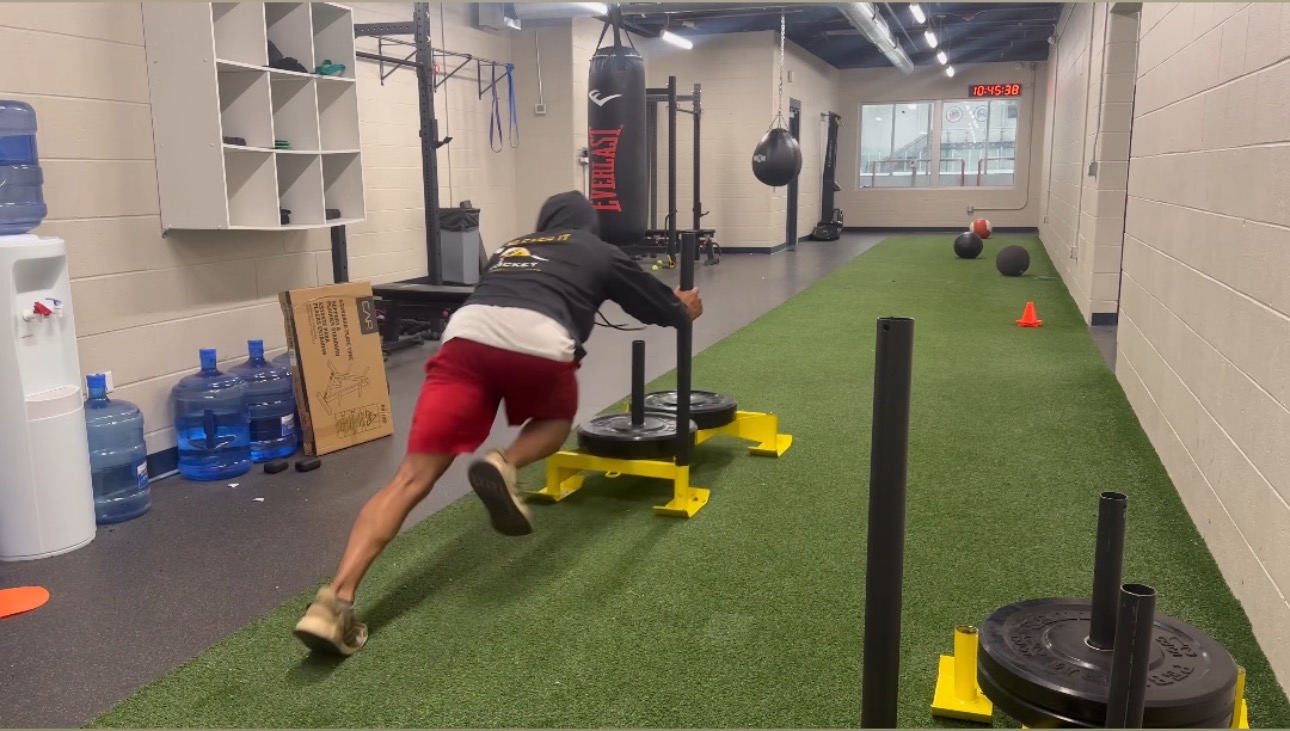I Need to Get Faster: Improving Running Mechanics
Strong and Stable Ankles, Hips, and Knees
For athletes, having a strong foundation is crucial. Unstable ankles, knees, and hips can lead to serious injuries such as ACL or LCL tears, twisted ankles, or awkward landings. Building stability and strength in these joints is essential for preventing injury and enhancing performance.Running Mechanics: How Am I Running?
To maximize your running efficiency, push off with your toes and strike the ground with your midfoot, not your heel. Heel striking can slow you down and increase the risk of injury by failing to absorb the ground’s impact effectively. Your toes and midfoot act as a “spring,” propelling you forward into the next step. Heel contact, on the other hand, disrupts momentum and can lead to shin splints by transferring force up the foot and into the shin.Heel Strike or Foot Strike: What’s the Right Way?
Research indicates that heel striking is more energy-efficient for athletes running at slower to moderate speeds. However, for those aiming to increase speed and explosiveness, foot striking is more effective. Foot striking reduces ground contact time, leading to quicker reaction times and faster speeds.Bringing It All Together
Becoming a faster athlete involves multiple factors: running mechanics, foot speed, mobility, and stability. Each of these elements plays a critical role in improving overall speed. Whether your goal is to enhance speed or agility, focusing on controlling your movements, mastering the hip hinge, and maintaining strength and stability will be key to optimizing performance and reducing the risk of injury.#unleashthepotential
Written by:
Darrid Watson, CSCS, NSCA-CPT



